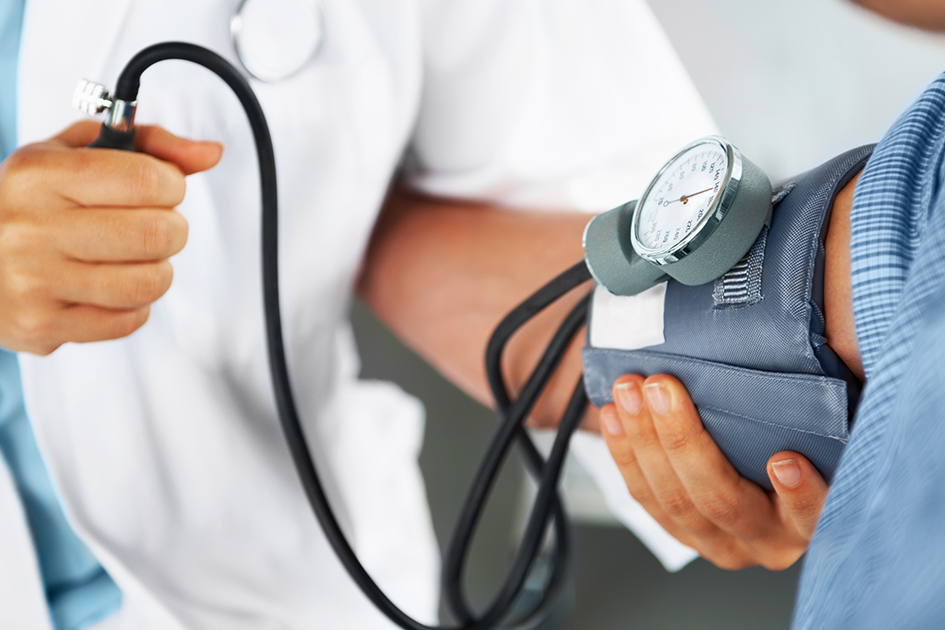Aortic Stenosis
Aortic stenosis is one of the most common and serious heart valve diseases in which a narrowing of the aortic valve opening occurs. It can occur in adults during aging, but also in children because of a congenital heart defect known as a bicuspid aortic valve.
About Aortic Stenosis
In the upper chamber of the heart, the aortic valve connects the heart to the aorta (the major blood vessel that takes blood from the heart to the rest of the body) and opens and shuts to allow blood to flow. Aortic stenosis is diagnosed when the aortic valve is too narrow or can’t fully open and restricts the amount of blood that can pass through. To compensate, the left ventricle works harder to pump blood through the smaller valve. As a result, the ventricle can thicken and become enlarged. In children, the characteristic narrowing of the aortic valve can be caused by a genetic condition, rheumatic fever, or congenital heart disease. In older adults, deposits of calcium on the valve’s leaflets can alter the valve’s function.
People who have aortic stenosis have a higher chance of experiencing an infection in the lining of the heart, a swollen aorta that can increase the risk of an aneurysm or a tear in the aorta, and a lack of oxygenated blood in the coronary arteries. Without treatment, the left ventricle may deteriorate and the individual may suffer congestive heart failure. Although aortic stenosis can become serious, early diagnosis and treatment to repair or replace the valve can lead to the enjoyment of a full life.
Symptoms of Aortic Stenosis
The best way to prevent aortic stenosis caused by external factors is to pay close attention to the person's health, especially if they have a strep infection that evolves into rheumatic fever. Congenital aortic stenosis is also more likely to occur in males than females. Children with mild or moderate aortic stenosis may not have any symptoms. Babies who have aortic stenosis may have trouble feeding or poor growth.
Severe or critical aortic stenosis symptoms in older children and adults may include:
- A bluish color at the lips or fingers
- Chest pain
- Dizziness with exertion
- Fatigue
- Irregular heartbeats or palpitations
- Low blood pressure
- Passing out
- Shortness of breath
- Tiring easily during exercise
Diagnosing Aortic Stenosis
During physical examinations, the doctor listens to the patient’s heart and lungs and may detect a heart murmur, which are extra sounds heard throughout the cardiac cycle due to increased blood flow. If your doctor suspects obstructed blood flow, a recommendation to see a cardiologist may be made.
Tests performed when diagnosing aortic stenosis may include:
- Cardiac Catheterization: During cardiac catheterization, a small catheter (thin tube) is inserted into a larger blood vessel, typically in the groin, and guided to the heart where blood pressure and oxygen measurements can be taken in the aorta and pulmonary artery as well as the four chambers of the heart. A dye can also be injected through the tube to make the heart’s structure more visible on an X-ray.
- Cardiac MRI or CT Scan: A cardiac MRI or CT scan is used to take more detailed images of the heart to help define the anatomy and detect anomalies.
- Chest X-Ray: A chest X-ray produces an image of the tissue and bones in the heart and lungs and helps your provider assess the shape, size, and structure of the heart and lungs as well as the aeration of or any congestion in the lungs.
- Echocardiogram: An echocardiogram uses ultrasound technology to create a moving image of the heart and its valves, allowing your provider to assess the structure and function of the heart. An echocardiogram also helps provide information about blood flow and how well the heart is pumping blood.
- Electrocardiogram (ECG or EKG): An electrocardiogram uses electrodes that are placed on the body to record the electrical activity taking place in the heart. An ECG/EKG test helps detect abnormal rhythms, such as cardiac arrhythmias, stress on the heart, and damage to the heart muscles.
Treating Aortic Stenosis
Treatment plans can vary based on age, health, and medical history as well as the level of aortic stenosis and the prognosis. Mild to moderate aortic stenosis typically does not require treatment but should be monitored through regular visits with a cardiologist to ensure the condition doesn’t worsen or begin to affect the heart. Severe to critical aortic stenosis can be treated first with medication to help improve function until a valve repair or replacement surgery can be scheduled. This procedure can be performed using either open-heart surgery or minimally invasive surgery known as transcatheter aortic valve replacement (TAVR), which involves accessing the valve via an artery in the groin under monitored anesthesia.
Treatment options for aortic stenosis may include:
- Balloon Valvuloplasty: Using the cardiac catheterization method, a small tube can be inserted through a blood vessel in the groin and guided to the heart. A balloon can be pushed through the tube and inflated in the aortic valve to stretch the narrow portion. A stent may be added after the balloon is removed to ensure the aorta stays open.
- Valve Replacement: The aortic valve can be surgically replaced with a biological valve made from animal tissue or a mechanical valve. The pulmonary valve and a portion of the pulmonary artery from the patient (Ross procedure) or an aortic valve from a donor can also be used to replace the valve and part of the aorta.
- Valvotomy: The aortic valve can be opened directly by incising into it.
After treatment, the patient will need time to rest and recuperate at home, and activities may be limited. Patients will be guided through a personalized rehabilitation program to help safely and effectively build strength and endurance and regain physical abilities. Once the patient's cardiologist approves, they should be able to resume normal activities. Follow-up treatment may be needed for children as they grow, and ongoing medication may be recommended to prevent blood clots from attaching to artificial valves.
Care Team Approach
Patients are cared for by a dedicated multidisciplinary care team, meaning the patient will benefit from the expertise of multiple specialists across a variety of disciplines. Our board-certified and fellowship-trained heart surgeons have extensive experience treating patients with heart disease and vascular disorders and work alongside a team of cardiac experts, including cardiologists, interventional cardiologists, electrophysiologists, critical care specialists, hospitalists, anesthesiologists, perfusionists, nurses, advanced practice providers, social workers, psychologists, child life specialists, dietitians, physical and occupational therapists, pharmacists, and more, providing unparalleled care for patients every step of the way. We collaborate with our colleagues at the Dell Medical School and The University of Texas at Austin to utilize the latest research, diagnostic, and treatment techniques, allowing us to identify new therapies to improve treatment outcomes. We are committed to communicating and coordinating the patient’s care with referring physicians and other partners in the community to ensure that we are providing comprehensive, whole-person care.
Learn More About Your Care Team

Institute for Cardiovascular Health
Ascension Seton Medical Center - Main
1201 W. 38th St., Austin, TX 78705
1-512-324-3028
Get Directions

Texas Center for Pediatric and Congenital Heart Disease
Dell Children's Specialty Pavilion
4910 Mueller Blvd., Austin, Texas 78723
1-855-324-0091
Get Directions